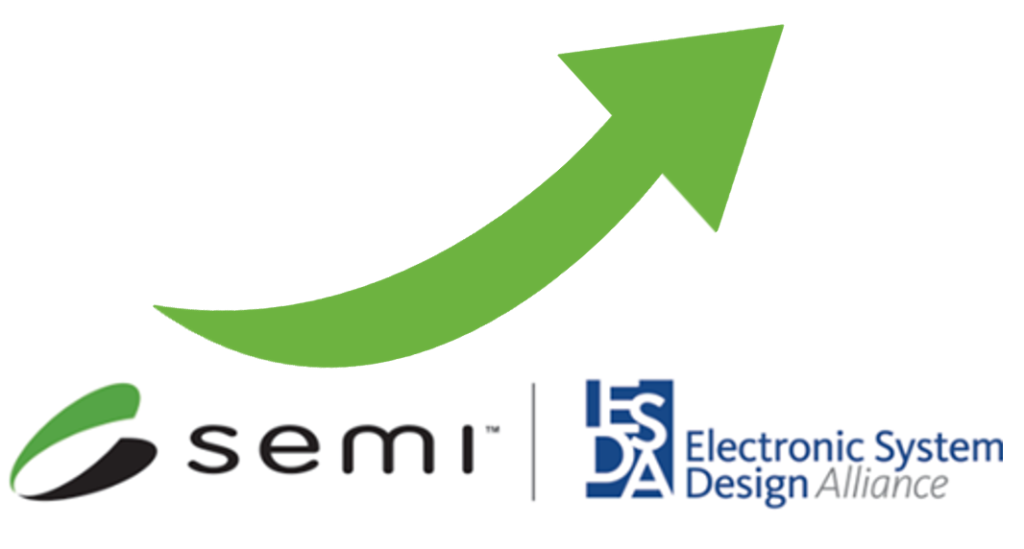The lack of semiconductor manufacturing in Europe Policy Brief
As part of the 2030 Digital Compass decadal plan, the European Commission aims to establish cutting-edge semiconductor manufacturing in the European Union (EU). The goal is to operate semiconductor fabrication plants (fabs) with 2nm process nodes within the EU by the end of this decade. This would require tens of billions of Euros in public and private investment. To make this investment strategically sound in the long-term, such an “EU foundry” must have a solid business case based on substantial demand in the market, especially in the highly competitive market of cutting-edge chip manufacturing which has almost insurmountable barriers to entry. Unfortunately, chasing the 2nm fab is a futile endeavor with a very real risk of wasting billions of Euros in public and private money. This idea lacks a businesscase due to the following factors.
First, an EU foundry would predominantly serve European customers, but there are very few semiconductor companies in the EU designing chips on 7nm or 5nm nodes today. Most types of chips that Europe’s leading semiconductor companies produce do not benefit from cutting-edge manufacturing. Thus, companies did not invest in cutting-edge fabs for almost two decades. This lack of cutting-edge chip designs in the EU directly translates into miniscule demand for cutting-edge contract chip manufacturing. Therefore, before investing in supply (creating cutting-edge fabs), Europe needs to create demand by investing substantially in its own chip design capabilities.
Second, it is at best overly optimistic and at worst naïve to hope an EU foundry would attract orders from US chip design companies. It is highly likely that the two companies at the forefront of cutting-edge chip manufacturing, TSMC in Taiwan and Samsung in South Korea, will establish advanced fabs in the United States. Not least because the United States has the largest chip design industry by far. Thus, to alleviate national security and business continuity risks, within the next three to four years US fabless companies will be able to order advanced chips from TSMC’s and Samsung’s US foundries. This outlook further deludes the unique selling point of an EU foundry. What is the rationale for a US fabless company to order chips from TSMC EU rather than from TSMC Taiwan or TSMC US?
Third, it is not by chance that the market for cutting-edge chips manufacturing consolidated substantially over the last 20 years: Skyrocketing investment costs for fabs and the need for extensive R&D collaborations across the entire supply chain to advance the cutting-edge, all while maintaining high utilization rates to amortize equipment costs within a few years, led to most companies dropping out of “More Moore Scaling.” Only two companies operate cutting-edge fabs: Samsung in South Korea and TSMC in Taiwan.
Even if Europe were able to set up an advanced fab through a concerted effort and tens of billions of Euros of private and public money, this money and resources would be better spent in other areas where Europe is even more dependent on foreign technology providers: designing cutting-edge logic chips (such as processors for data centers, high-performance computing, artificial intelligence and mobile applications). Europe’s Achilles heel is the lack of fabless companies that design chips. Once Europe’s chip design prowess is rejuvenated, the region will be in a much stronger position to think about how best to invest in its manufacturing capabilities.
The lack of semiconductor manufacturing in Europe
As part of the 2030 Digital Compass decadal plan, the European Commission aims to establish cutting-edge semiconductor manufacturing in the European U
www.stiftung-nv.de


